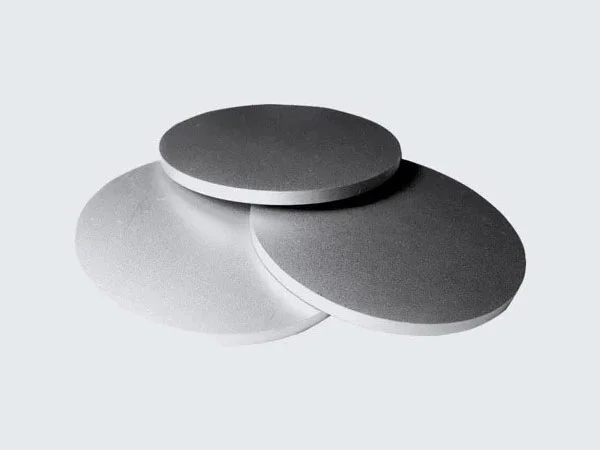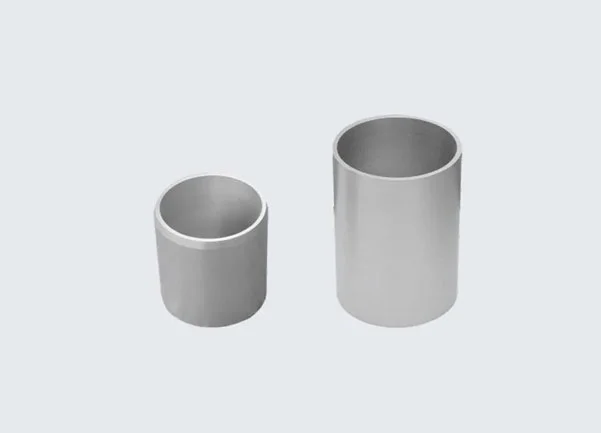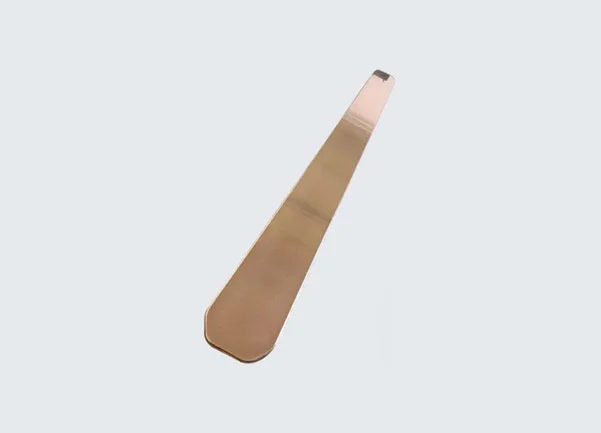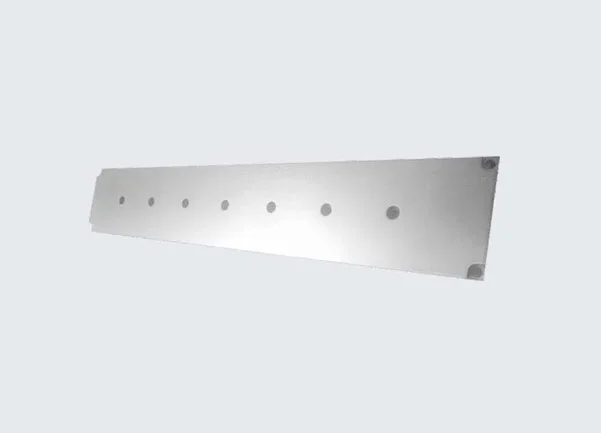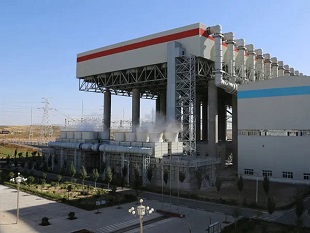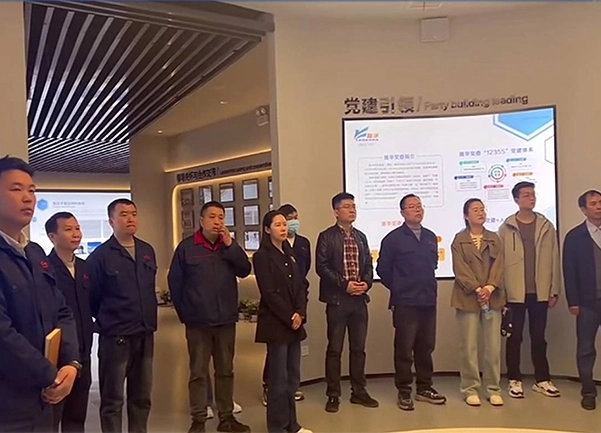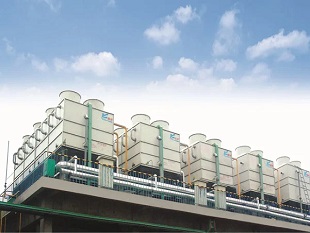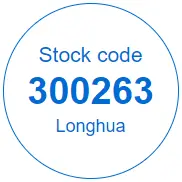Tungsten targets have several applications in thin-film deposition, and their diverse properties make them an important material in many industrial applications. In the electronics industry, tungsten targets are used for sputtering thin films onto various substrates, such as for flat-panel displays and semiconductors devices.
In the manufacturing of solar panels, tungsten targets are used to deposit thin films of cadmium telluride (CdTe) and copper indium gallium selenide (CIGS) onto the surface of the solar cells, improving their efficiency.
Tungsten targets are also used in the production of hard surfaces, such as wear-resistant coatings for cutting tools and bearings. Moreover, they are used in high-tech applications, such as the production of X-ray tubes and electron-beam instruments.
Tungsten targets are also utilized in the aerospace industry, such as in the manufacturing of turbine blades for gas turbines and power generation turbines. They are also used in the medical industry, such as in x-ray tubes and radiation shielding.
Overall, tungsten targets' high melting point, density, resistance to corrosion, and thermal stability make them a suitable material in several fields requiring reliable and durable components.


